The beginning of the year is a great time to take a step back and reassess your company’s strategic goals, operational efficiency, and overall profitability. But in order to make changes for the better, you first need data. Making the right decisions to guide your company into the new year requires an understanding of current business trends and the best way to meet them. In 2024, one of the most important business trends to understand is how remote and hybrid work continues to affect the business landscape.
Hybrid Work Trends in 2024
Moving to remote work in 2020 was a seismic shift in the business world. Business analysts are closely monitoring companies’ policies and employees’ attitudes toward remote work, and several groups have made predictions about how remote work will evolve in 2024.

According to AT&T Business, from 2021 through 2024, while the fully remote workplace model is expected to take a dramatic decline from 56% to 19%, the hybrid model is expected to grow from 42% to 81%. In other words, although most companies will call employees back to the office for at least part of their workweeks, four-fifths of businesses will allow employees some sort of hybrid work schedule.
That statistic might cause some worries about efficiency and productivity. However, Bloomberg has discovered that companies which embrace remote work have experienced revenue growth that’s four times faster than those that are more stringent about office attendance. As it turns out, hybrid work can improve both employee satisfaction and company profitability.
A Shift in Priorities
What do these trends mean for your strategy in the new year? Perhaps most importantly, they mean that in order to succeed in this new environment, your company needs to set up infrastructure and communication channels which can handle a dispersed workforce. Hybrid work poses new technological challenges and security risks, especially when employees use their own computers or networks for work.
Lastly, from an employee retention standpoint, you’ll need to find ways to make sure employees remain connected to their coworkers, both for collaboration and for building rapport with each other. In a hybrid model, employees will come to the office occasionally, but the whole team will rarely be in the same place. That’s why online collaboration and communication is so important.
The Right Software Can Help
One of the best ways to act on your new priorities is to invest in powerful business software. In addition to staple communication platforms like Zoom, Slack, and shared calendars, your company needs powerful information management software in order to make a hybrid environment a success. In addition to software like an ERP or a CRM, your company would benefit from a document management system like M-Files.
Through software like M-Files, you can enable real-time collaboration—no more long email chains with each reply containing a new document version. You can also put strict security measures such as role-based permissions and secure sharing links in place to help mitigate the new security risks of remote work. In addition, by automating workflows and repetitive tasks, you can allow your employees to focus on the work that matters most.
Need Help Adapting to Hybrid Work? Laminin Can Help!
To learn more about document control in a hybrid environment, download our free eBook.
At Laminin, our goal is to help you improve your business through intelligent information systems. We provide powerful software like M-Files and Interject, and we can implement, customize, and integrate these solutions into your existing software. With our solutions, you can benefit from the flexibility of hybrid work without sacrificing data security or collaboration. To learn more about what we do, contact us today.






